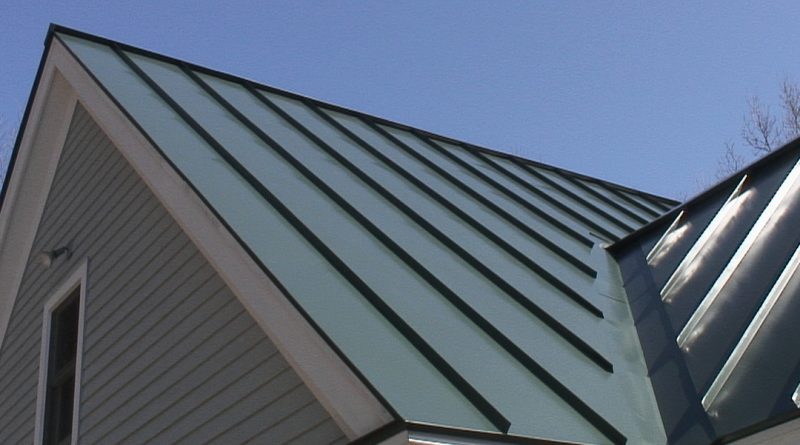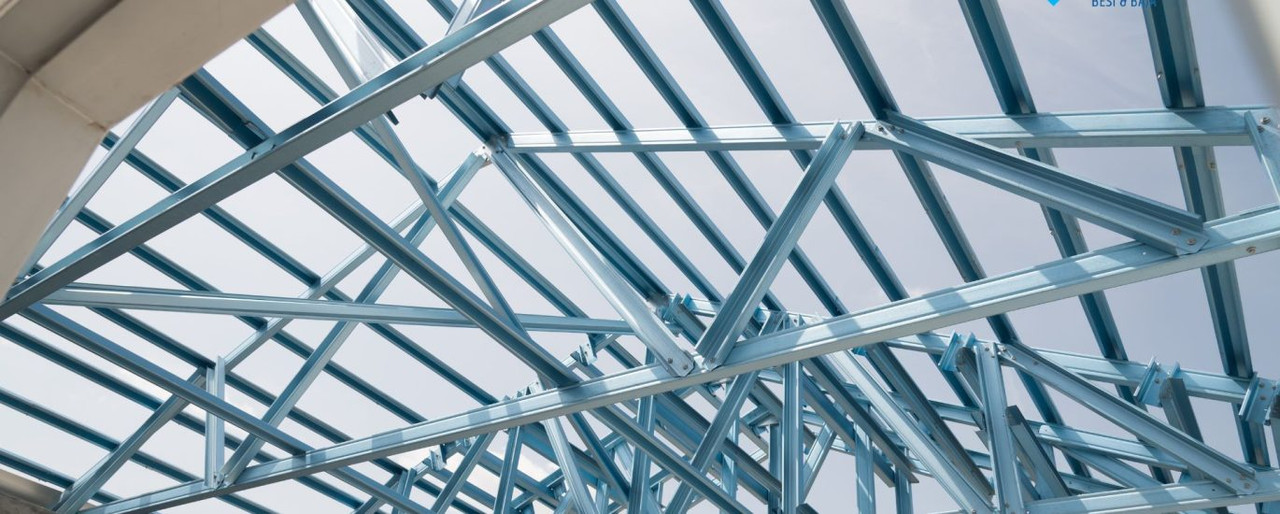Beranda > Artikel
Trouble-Free Home in the Rainy Season
Most areas in Indonesia have entered the rainy season. Even in some areas, the rain is also accompanied by strong winds and has caused victims of collapsed houses and fatalities. This time Rainbow will share tips on how to overcome house problems during the rainy season. Because not only health problems with flu outbreaks, coughs and colds, dengue fever, diarrhea, and others are problems, but the impact of rain on houses is also quite a complicated problem. Has your house been free from problems in this rainy season? Let's see together.
Roof Problems
A good roof structure should be made from the start of construction. The concept design must consider how to deal with the rainy season later. Because leaks in the roof of the house are the most common cases found in houses during the rainy season. But what about the roof of the house that has been built as it is at this time? The recommended solution is to do a routine inspection of the roof of the house every three months. Are there any cracks, do the old tiles need to be replaced, is the wood on the roof (battens and rafters) starting to rot. Also pay attention to the ridge area (wuwung-Javanese) because the cement plaster in that area is starting to crack and can be penetrated by water.
If there are hairline cracks, provide wire mesh and cover it with waterproof. But for large cracks, it needs to be patched and plastered again. And if possible, it is recommended to use aluminum foil (1-2 mm) as a layer between the ceiling and the roof tiles. Aluminum foil functions to reduce heat absorption, avoid splashes if there are imperfections in the installation of the roof tiles, so that water that enters from the roof tiles will fall to the plank and not enter the house.
Meanwhile, ceilings that are left damp due to water seepage can rot and collapse over time. So besides damaging the aesthetics (beauty), it is also dangerous and the repair costs become more expensive. If the roof of the house uses asbestos, then the installation of the bolt nails should be coated with rubber, then ply in the nail area and then drilled so that when it rains, water does not seep through the gaps in the nail holes.
Wall Problems
During the rainy season, the walls of the house usually become damp. It may also be exposed to seepage from the roof of the house. But if the roof of the house is no longer a problem, then most likely rainwater will not seep in. On the outdoor walls (outer walls) it is better to coat them with weathershield as protection against mold so that the walls do not have black spots. But if it is already moldy, then the walls need to be scraped first, then repainted and given waterproof.
Cracked walls must be patched or re-plastered with waterproof.
Sometimes the exterior walls use natural stone. If this is the case, then extra attention is needed, because natural stone has a higher risk of moss and mold than painted walls. The solution is to coat the natural stone with varnish and precoat every 6 months so that its condition is always maintained. If it is mossy or moldy, it must be scraped with a grinder and this can damage the texture of the stone.
Outdoor Floors & Lighting
The floor inside the house should be higher than the terrace floor. Then it is better not to use indoor flooring materials for outdoor spaces. And the splash of rainwater that falls on the terrace floor can be overcome by making an overstek. So that rainwater does not enter the house during the rainy season, the height of the house must be higher than the road level. During the rainy season like this, outdoor lights also need to be considered. Check and make sure that the cables remain neatly wrapped. Because if there are cables that are scratched or peeled, let alone bare, it will be very dangerous. For garden or outdoor lights, it is recommended to use DC current, so that it is safer because it does not conduct electricity.
Sewer & Septic Tank
In the area around the house, cleaning of the ditches and water channels from the house should also be carried out routinely, and make sure they are not clogged by dirt and garbage and stagnant. The house sewer channel leading to the ditch should be made with sufficient similarity, to prevent water from pooling (nganga). Install wire mesh at the mouth of the sewer to prevent rats from entering, because these animals can also block the gutters/drains.
To avoid blockage of the water drainage in the bathroom and toilet, for areas with high groundwater levels, it is better to make a larger water seepage space (septic tank). It is even better if the land where the house is located is high because water can directly seep into the ground. However, if the land is a flood area and the water content in the soil is also high, it is best to create more than one seepage area 3-4 meters deep.
 Bahasa Indonesia
Bahasa Indonesia  Inggris
Inggris
 Bahasa Indonesia
Bahasa Indonesia  Inggris
Inggris






